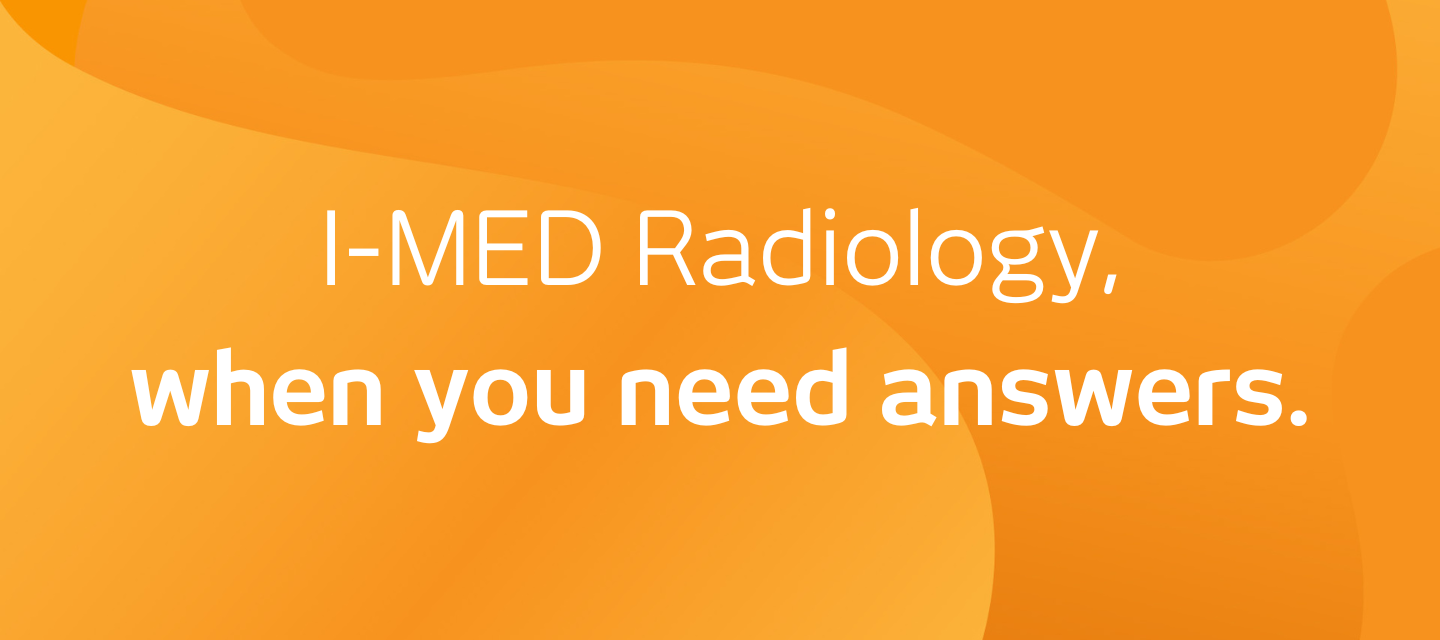
Breast fine needle aspiration (FNA)
Breast fine needle aspiration (FNA)
What is a breast fine needle aspiration (FNA)?
A breast fine needle aspiration (FNA) removes some fluid or cells from a breast lesion (a cyst, lump, sore or swelling) with a fine (thin) needle. The sample of fluid or cells (or tissue) is examined by a specialist doctor (a cytologist). An FNA can assist the doctor determine the nature or diagnosis of a lesion and, if necessary, to plan treatment.
If a lesion cannot be felt from the surface of the skin, ultrasound images or pictures may be used by the radiologist carrying out the FNA to guide the needle into the lesion.
Breast FNA may also be used to aspirate (draw fluid from) a known cyst, either removing it completely or relieving discomfort if the cyst is large and tender.
For patients who are taking blood thinning medications, an FNA can be safely used to obtain cells to help diagnose a lesion without having to stop taking the medication, as may be necessary with other more invasive procedures, such as core biopsy.
Why would my doctor refer me to have a breast FNA? keyboard_arrow_down
If your doctor feels a lump in your breast during a clinical examination and they think that the lump might be a simple cyst, they may refer you for an ultrasound examination immediately followed by an FNA during the same visit. The aspiration of the cyst will give an immediate result about the nature of the lump, relieve any pain and/or anxiety created by the lump.
FNA may be chosen as the first diagnostic test for a young woman when a new lump is felt. If the lump is thought to be benign (non-cancerous), an FNA may be required to confirm the diagnosis. FNA is preferred to a core biopsy, as it is a less invasive diagnostic procedure.
How do I prepare to have a breast FNA?
keyboard_arrow_down
There is no need for special preparation before a breast FNA. It can be done immediately after you have had a mammogram and/or ultrasound.
Breast FNA can be uncomfortable and sometimes painful, and you may wish to ask a friend or a relative to attend the appointment with you if you think you will need some support before, during or after the procedure. Wear a comfortable two-piece outfit, as you will need to have the upper body undressed for the breast FNA.
What happens during a breast FNA?
keyboard_arrow_down
The radiologist carrying out the breast FNA will decide whether they need to use ultrasound to locate and guide the placement of the needle into the lesion. If they can feel the lesion, it is said to be “palpable” and the FNA can be carried out under clinical manual guidance without using ultrasound imaging.
If the lesion is solid, a local anaesthetic injection is recommended for FNA, as they usually require a number of aspirations to remove sufficient cells for an accurate diagnosis.
Ultrasound guidance
You will be lying on your back on the examination bed in the ultrasound room, the upper body undressed, with one arm above your head on a pillow in a comfortable position. Sterile gel will be put on your breast and the ultrasound transducer or probe (a smooth, hand-held device) will be slowly moved across the breast to identify the lesion on the ultrasound screen. Your breast will be cleaned with an antiseptic liquid, and the needle placed through the skin into the lesion guided by the ultrasound images.
When the needle is inserted into the lesion, the doctor will move the needle forward and backward several times to collect cells. Two or three separate samples are usually taken in this way to ensure a good sample has been obtained. If the lesion is a simple cyst, the doctor will aspirate the fluid from the cyst until it collapses.
Clinical guidance
FNA under clinical guidance is the same procedure as above, but the doctor will use their hands rather than ultrasound to locate the lesion and to guide the needle into the lesion.
Are there any after-effects of a breast FNA?
keyboard_arrow_down
Any pain after FNA can be relieved with paracetamol. You should not take aspirin, because this thins the blood and may increase the risk of bleeding and bruising.
Minimal bleeding or bruising can appear after the procedure, especially if you are taking anticoagulant medication, aspirin or fish oil. This can be minimised by good compression and the application of an icepack on the skin at the site of the FNA.
Breast FNA does not leave a scar on the skin and there is a low risk of infection.
How long does a breast FNA take?
keyboard_arrow_down
Breast FNA is a quick test, which takes 10–20 seconds for each sample, and this procedure may be repeated several times until the radiologist is confident that they have adequate samples for examination. The FNA procedure will generally take around 20–30 minutes.
What are the risks of a breast FNA?
keyboard_arrow_down
The risks of a breast FNA are rare and minimal, and can include:
- Minimal bleeding and bruising, especially for those taking anticoagulation or anti-platelet medication, aspirin and fish oil.
- Risk of infection is rare. Breast FNA is a clean and sterile procedure, which uses skin antiseptic and disposable one-use needles.
- Breast implant perforation can happen if the lesion is close to the implant, but is a rare complication when using ultrasound guidance.
- Pneumothorax (perforation of the lung covering by the needle causing lung collapse).
If the lesion is found to be cancer, there is a very small risk of displacement (“seeding” or implantation) of tumour cells along the tract or path of the needle as it is withdrawn from the breast. This is extremely rare.
Breast FNA is not 100% accurate. Cancer may not be definitely ruled out, even when there are no cancer cells found in the samples of tissue removed from your breast. The results must always be interpreted by the doctors caring for you in the context of their medical examination, findings of your breast imaging (mammogram and/or ultrasound) and the pathology results of the tissue (cells) or fluid sample. This is called the “triple test”.
What are the benefits of a breast FNA?
keyboard_arrow_down
Breast FNA is a quick and simple procedure to investigate a breast lesion.
Breast FNA can be used when other needle biopsy procedures are not possible; for example, if you are using anticoagulant medication, have an allergy to anaesthetic or have a breast implant.
How do I get my results? keyboard_arrow_down
Your doctor will receive a written report on your test as soon as is practicable.
It is very important that you discuss the results with the doctor who referred you so they can explain what the results mean for you.
Most results are normal. Occasionally, small changes are seen that need further review.
If your results are normal you will be able to return for routine screening (usually every 2 years). If your results are uncertain or show changes you may need to consider additional imaging (diagnostic mammogram, ultrasound, or biopsy) in discussion with your referring doctor.
Related procedures

This information has been reviewed and approved by Dr Ronald Shnier (I-MED Chief Medical Officer).
Related articles

Related procedures

This information has been reviewed and approved by Dr Ronald Shnier (I-MED Chief Medical Officer).
Related articles

